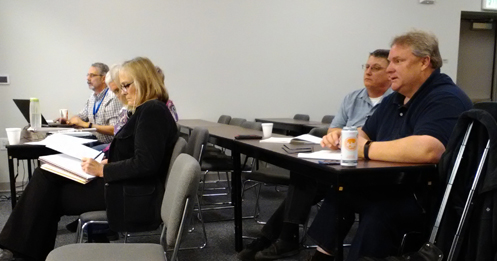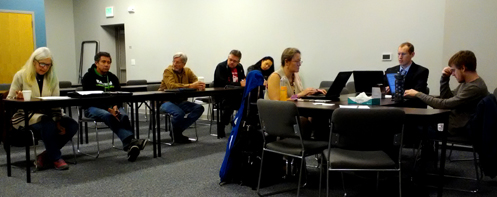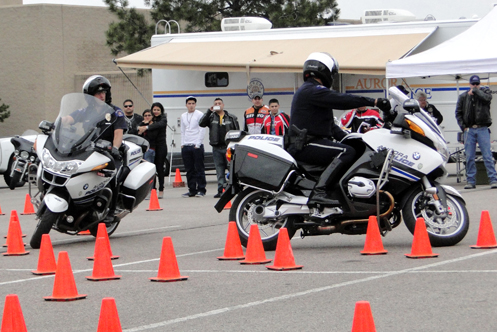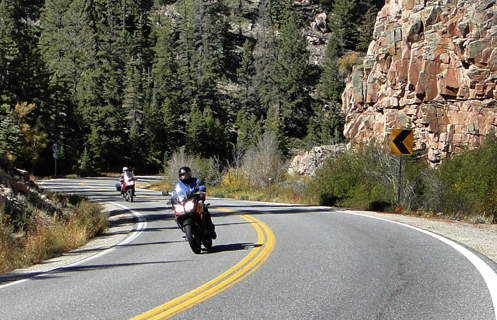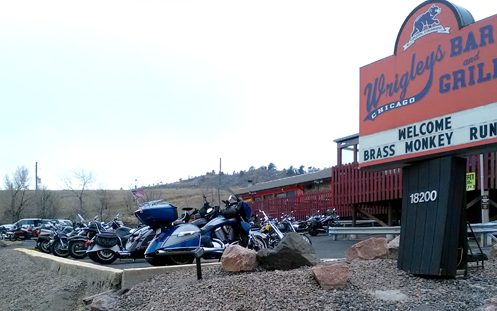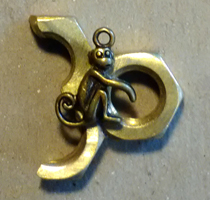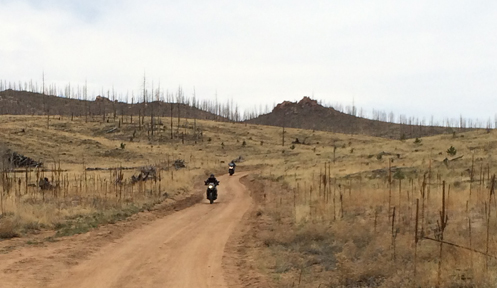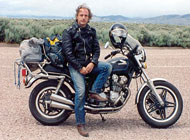Stick These In Your Pocket
January 22nd, 2018Do thermometers lie? I was out riding on Saturday, a sunny 48 degrees and my fingers were turning into ice cubes. And I was wearing my non-electric winter gloves, with Thinsulate© lining. How could I be so cold on such a warm day?
I understand that the 60 degrees showing on our thermometer out front is not to be trusted because it is sheltered and has a southern exposure. But I trusted the 48 degrees the thermometer out back, in the shade, told me. Of course I wore my electric vest–I never ride without that at this time of year.
So I took off on the V-Strom and hadn’t gone three blocks when I realized I would have been happy to have had long underwear on. Sure I could have gone back but what the heck, I can live with it. So I won’t whine about my legs being cold, although they definitely were.But then by the time I was gone about five miles my hands were really getting cold. And it was a sunny day! I don’t get it. This is Colorado.
Oh well, I was going for a ride. So I did.
I headed down Jordan Road to Arapahoe Road and turned east. I crossed Parker Road and decided to follow Arapahoe further and see where it went. I knew I’d been out that way before but just at the moment I couldn’t remember. And it did go on straight pretty far, until just before reaching C-470 it started wiggling. Then I remembered, it twists around and then heads north and intersects Smoky Hill Road.
Yep, that’s what it did, but then, where does it go beyond Smoky Hill? I guess I’ll have to find out.
Well, the answer is not very far. It winds around through a shopping area briefly and then dissolves into a housing development, becoming nothing more than a small collector street. And then it just ended where new development is still going on and there are more empty lots than new homes.
I turned south on Titus Way, which quickly brought me back to Smoky Hill. OK, my hands are cold enough, I’m turning right and heading home. It wasn’t as long a ride as I might have liked but at least I did get out. Friday would have been better–it was warmer–but we were just coming home from Grand Junction and I missed the better, warmer part of that day. So I rode on Saturday.
I had a realization though. There I was with freezing hands and while, sure, I could have worn my heated gloves but I didn’t, still, there is really no good reason why I didn’t have some of those chemical heat packs stuffed in my jacket pocket for just this sort of occasion. I have some, and once you buy those things there is no reason not to use them because if you keep them too long they lose potency. Why weren’t they in my pocket?
They are now.
Biker Quote for Today
Missing: Husband and motorcycle. Reward for motorcycle.

